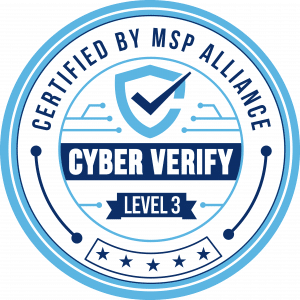
Most business executives recognize the importance of protecting their organizations against cyberattacks. However, few know how to go about it.
There’s a tendency for organizations to add security controls when a new technology is released, a new threat emerges, or they suffer a cyberattack. They end up with a hodgepodge of security tools that do little to beef up their security posture. On the contrary, too many security tools can weaken security by expanding the threat surface. A plethora of tools also leave security gaps while creating management complexity.
Meanwhile, too many organizations neglect the basics. According to the Verizon 2024 Data Breach Investigations Report, attackers exploited a known vulnerability in 14 percent of all data breaches. That’s a 180 percent increase over 2023. Furthermore, 68 percent of breaches involved human error due to social engineering, misconfigured security controls, and other mistakes.
Clearly, many organizations are going about cybersecurity the wrong way. Regular assessments can help get them on the right track.
Assessments are designed to help organizations evaluate their security posture from the perspective of a would-be attacker. Information gathered in the assessment process will help identify potential risks and vulnerabilities and serve as the basis for an organization-wide remediation and incident-response plan.
NIST Framework for Security Assessments
The National Institute of Standards and Technology (NIST) Cyber Security Framework establishes common standards, guidelines, and best practices for assessing security. No two assessments are alike, but the process typically includes four distinct types of testing:
Posture Assessment. This is an important first step in the process, designed to provide a high-level view of existing security controls. It should include a thorough inventory of all IT assets, including all on-premises, cloud, mobile, and third-party assets, as well as a detailed record of all security controls already in place. Additionally, the assessment team will conduct interviews with business executives and other key stakeholders to assess the business value of specific applications and data to ensure that mission-critical systems have the highest levels of security.
Vulnerability Assessment. The objective of this test is to develop a comprehensive list of system vulnerabilities. Typically, auditors will use a variety of automated tools to conduct internal and external network scans to identify specific vulnerabilities. They will provide a detailed report that describes the found vulnerabilities, how they might be exploited by hackers, and what kind of damage could result if they are exploited.
Penetration Test. Penetration tests, or pen tests, are ethical hacking exercises in which authorized security professionals launch simulated attacks on your network to let you know how would-be attackers would likely exploit any vulnerabilities. Testers often begin by using social engineering, Internet research, and other techniques to gather information, then probe the network for vulnerabilities before launching a variety of exploits to see how much damage they can cause. Once the test is complete, they’ll clean up and provide a detailed report about their findings.
How Mainstream Can Help
Few in-house IT teams have the tools, time, or expertise to conduct comprehensive security assessments. By partnering with a qualified provider, organizations can offload this responsibility while gaining the perspective of an objective third party. Mainstream can assist you with these tests as part of our comprehensive managed IT program. Contact us to learn how assessments can help you boost your security posture.






